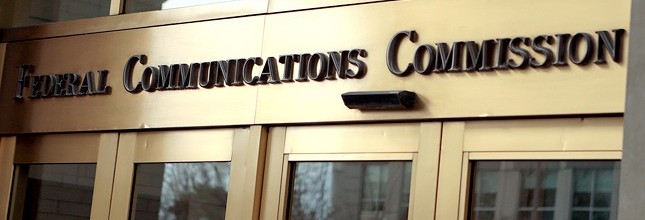My Reply Comments on Restoring Internet Freedom
Today I filed a critique of the Electronic Frontier Foundation’s “Engineers Letter” with the FCC. The letter, based on a an amicus brief filed in support of the 2015 Open Internet Order, reaches the erroneous conclusion that Internet service should be regulated under Title II of the Communications Act because it bears a superficial resemblance to modern telephone service.
This is a strange argument for many reasons, the most important of which is the fact that we’ve always maintained that the Internet is a radical advanced over the telephone network. But there’s another intriguing fact to consider: Since the Communications Act was passed in 1996, the telephone network has borrowed some management features from the Internet. Compared to the way it used to be, the telephone network is a lot more dynamic. This increases its capacity, but the PSTN is still about conversations rather than information services.
Title II is so narrowly written it’s not even clear that it fits the telephone network any more, and the Internet is a whole other kettle of fish.
The filing is a bit long – 50+ pages – so here’s the summary.
Summary of Reply Comment
The EFF’s Engineers’ Letter (“The Letter”) asserts that the Internet “in many ways parallels the telephone network” with respect to routing and other features and is therefore appropriately regulated, at least in part, by Title II of the Communications Act. This assertion contradicts the story that Internet engineers have told since the 1960s as well as the technical realities of the two networks.
While The Letter attempts to provide a point-by-point comparison of the plain old telephone service (POTS) to the Internet, it fails to provide a similar comparison of the Internet to Title I Information Services such as dial-up Internet Service Providers (ISP) or the platform services offered by firms such as the Internet’s six major service monopolies, Google, Facebook, Amazon, Apple, Microsoft, and Netflix. A more thorough comparison reveals that broadband ISPs share more features in common with platform services.
The letter falls short of providing the Commission with useful, actionable insight. The Letter’s argument for retaining Title II classification for ISPs rests on a fundamental misunderstanding of transmission service in the terms of the Communications Act. It falls victim to the same factual and analytical errors that plagued the Wheeler FCC’s 2015 Open Internet Order
The Wheeler FCC didn’t actually define the broadband transmission service in a manner analogous to Title II transmission services used by dialup ISPs. Rather, it chose to apply the “transmission service” label to the IP datagrams that define the internetworking layer of the Internet. This is a curious move because it presumes that IP datagrams are self-transmitting. In fact, no IP datagram gets anywhere unless it is carried as the payload of a Link Layer information frame.
The Pai FCC, on the other hand, treats Internet Protocol datagrams as part of the Information Services ecosystem that makes the Internet something people care about. It asserts that IP provides access to Information Services and also that IP depends on broadband technologies for simple transmission between the customer premise and the ISP as well as between ISPs and unaffiliated Information Services.
One of the more telling asides in The Letter concerns the evolving telephone network (page 26):
Thus, this interpretation [the observation that consumers are often unaware of where online content is stored] of what it means to transmit information between or among points specified by the user, i.e. that the user must explicitly tell the network what routing decisions to take, has no basis in reality. Taken to its logical conclusion, it would require the FCC to similarly decide that telephone services are also not telecommunications services—an obviously absurd conclusion.
The Letter is forced to acknowledge that today’s telephone network bears little resemblance to the POTS networks of the ‘30s or even of the ‘90s. Mobile phones require massive network intelligence to support consumer traffic, whereas, the “routing” to telephone numbers that represent wires is simpler than routing to portable numbers on foreign networks. Modern directory service isn’t much like picking up the phone and asking Ernestine the Operator for a number either.
It strikes me as reasonable to consider the question of how well the statutory definition of POTS in Title II of the Communications Act even applies to modern telephone networks. Many seek an update to the Act because it’s so out-of-date and ambiguous.
If Title II is too narrow to even describe modern telephone networks, it’s obviously not a good fit for much more powerful Internet services. This is the key takeaway from the search for similarities between the Internet and POTS.



